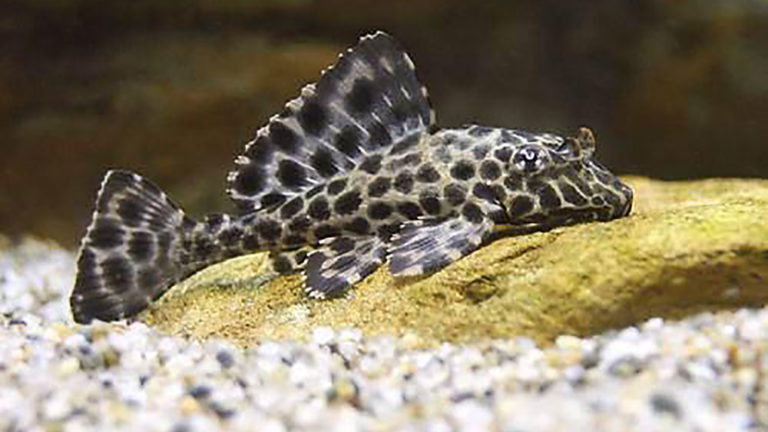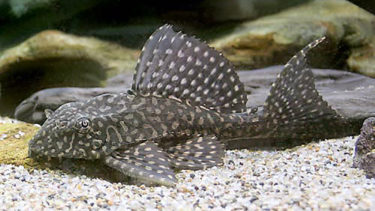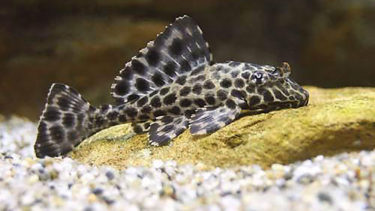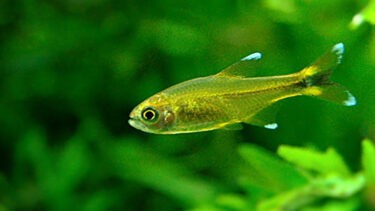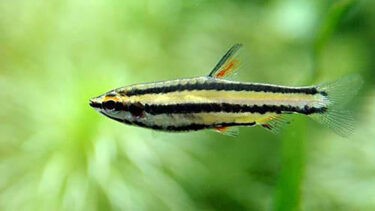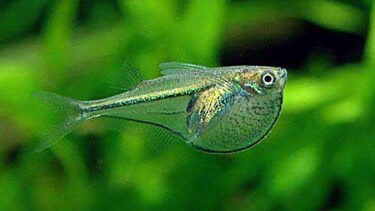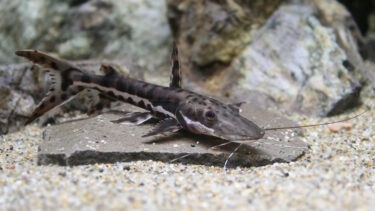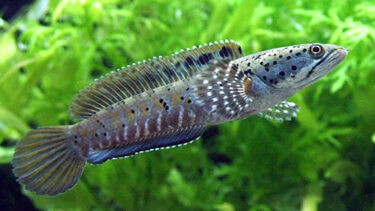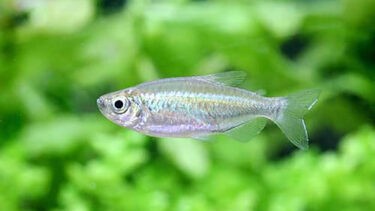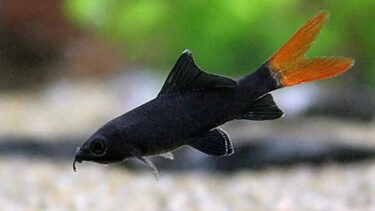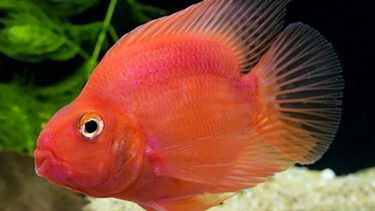You may find pleco, such as the Seruffin Pleco or Tiger Pleco, for sale when you go to a specialty store to look at pleco. There are also many other types of pleco that you may be confused about. In this article, I would like to explain these types of pleco in detail.
Types of Pleco
Serpentin's pleco (Parapristipoma serpentinum)

The seruffin pleco is one of the larger species of pleco. Its body length is approximately 30 cm to 50 cm. The Selfin Pleco is characterized by its large dorsal fins, which are stretched out like the sails of a ship, and by its spotted pattern. It is one of the most well-known species of pleco.The seruffin pleco has a strong appetite for plant matter and will eat a lot of moss, making it a popular species for cleaning moss from large fish. The Selfin Pleco is a species that grows to a large size, so it is recommended that you know the characteristics of this species before keeping it because there have been problems with people who have started keeping them when they were small and then released them into rivers and streams because they were unable to keep them.
The pleco is a tropical fish of the catfish order Loricariidae, family Pecoltia, native to the Amazon and Orinoco river basins in South America. It has hard, rough scales like armor and a sucker-like mouth that can stick to rocks and walls. In this article, we will discuss the characteristics of the pleco and its keeping [...].
When you go to a specialty store to look at tropical fish, you may be surprised at the large number of species available. The prices are different, as are the sizes and appearances, so it is difficult to know what to choose based on. In this article, I would like to explain in detail about the different types of tropical fish. Classification of tropical fish Ca[...]
royal pleco

The royal pleco is a large species with a total length of 40 cm to 70 cm. The Royal Pleco has a beautiful striped pattern and a distinctive two-headed body shape with a large head, making it look like a monster fish to few people.However, even before tropical fish became common, plecos were known as beautiful tropical fish.
Agua pleco (Adonis pleco)

The aguapreco is a large species that grows to about 60 to 90 cm in length. As a juvenile, the aguapreco has a black body with a white spot pattern, and as it grows, the white spots disappear and its entire body changes to black.These characteristics have increased the popularity of aguapreco and the importation of pleco.
Orange Finn Kaiser Precinct
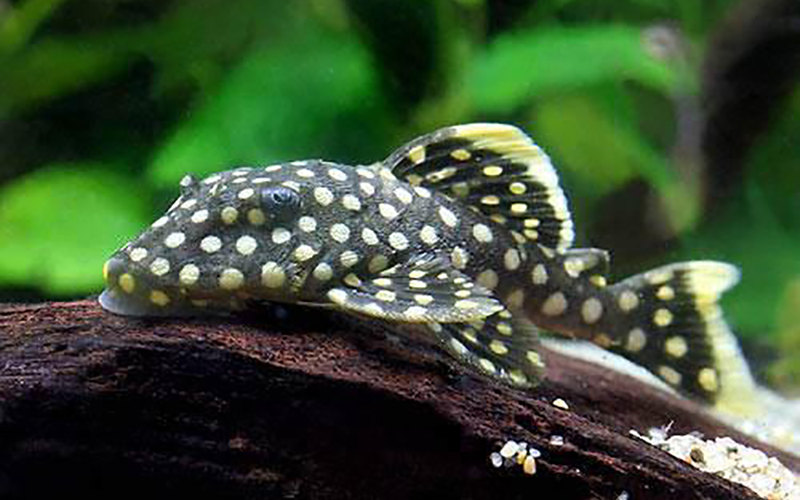
The orange-finned kaiser pleco is a medium-sized species that grows to about 25 to 30 cm in length. The orange-finned kaiser pleco has a black body color with large yellow (white) spots and yellow (orange) edges on its dorsal and caudal fins.These characteristics make it a species known as a beautiful pleco. Another interesting point is that the pattern of the orange-finned Kaiser pleco varies depending on its region of origin.
imperial zebra plaice (Zebrasoma imperialis, species of Western Indian Ocean plaice)

The Imperial Zebra Pleco is a small species, measuring approximately 15-20 cm in length. The Imperial Zebra Pleco has a striped pattern with distinct alternating black and white body colors.Because of its characteristics, this species is favored not only by pleco enthusiasts but also by aquarium specialists and others. However, since around 2004, the Brazilian government has restricted the export of this species due to the rapid decline in its population. As a result, domestic breeding is frequently conducted.
bushy pleco (toy)
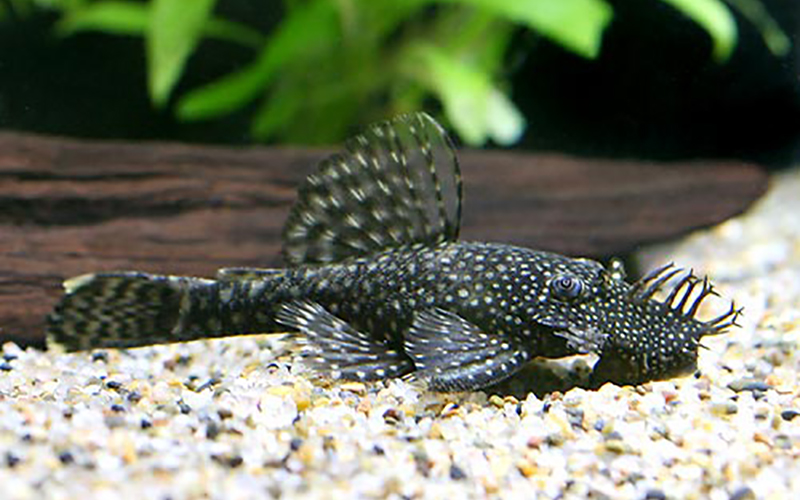
The bushy pleco is a small species, measuring approximately 10 cm to 15 cm in length. The bushy pleco has several whisker-like fleshy protrusions around its mouth and nose.In addition, it is the males that have well-developed beard-like projections.
tiger clock
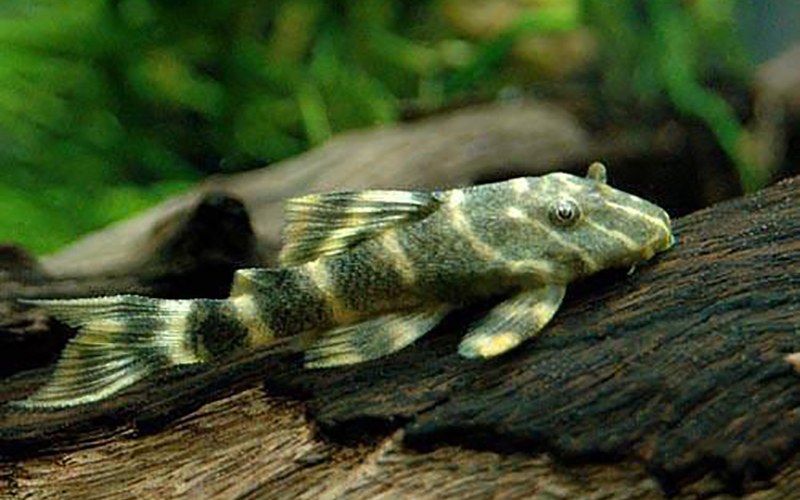
Tiger pleco is the smallest of the pleco species, growing only about 5 cm to 7 cm in length. Tiger pleco has a dark brown base color with thin lines that go into the body.They are very easy to keep and are very popular with small tropical fish such as neon tetras. It is not suitable for aquarium tanks because it eats aquatic plants as its main food, but it is very useful as a moss cleaner.

